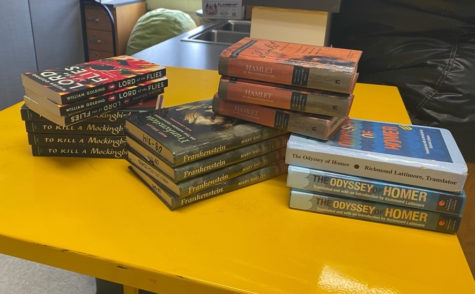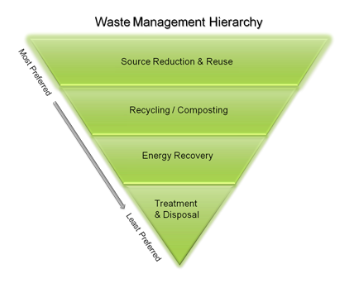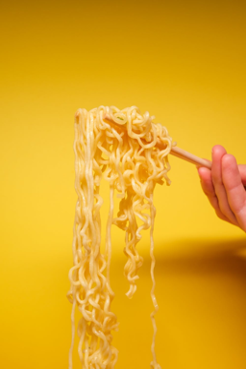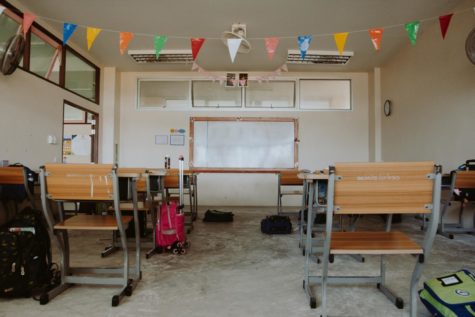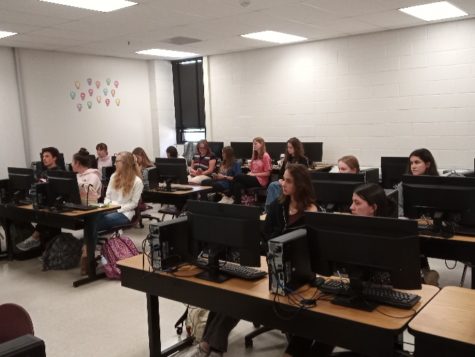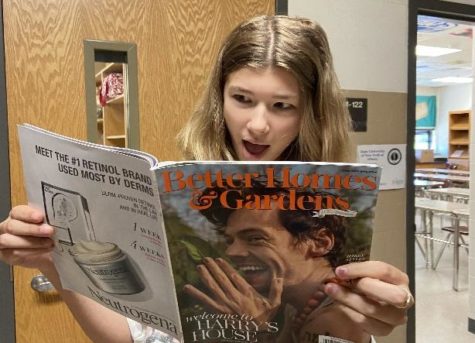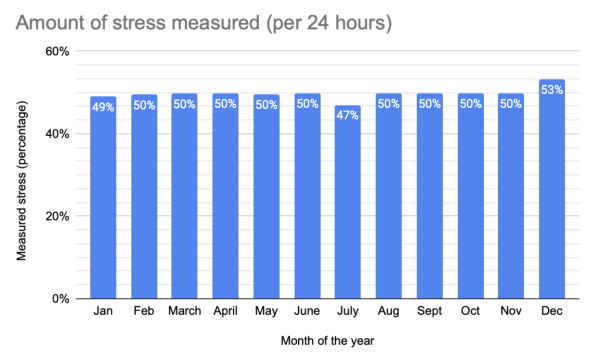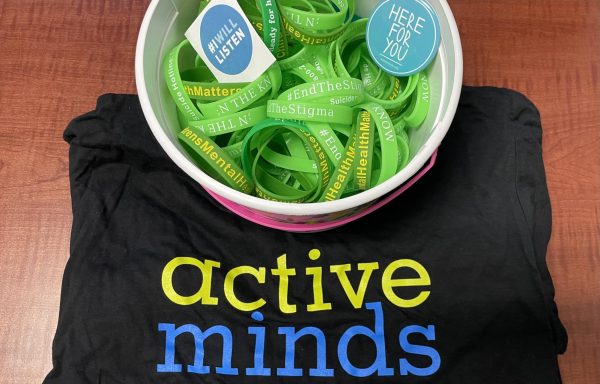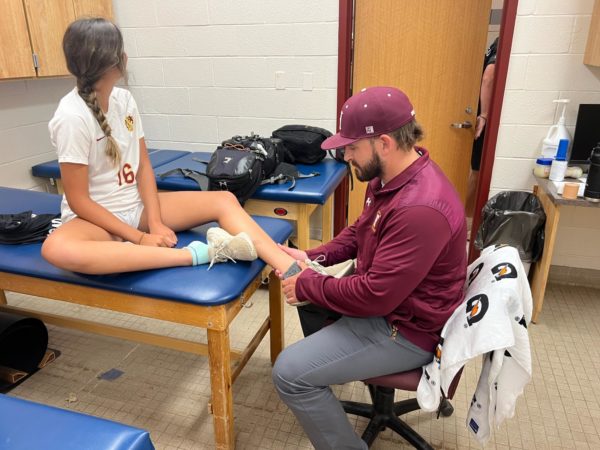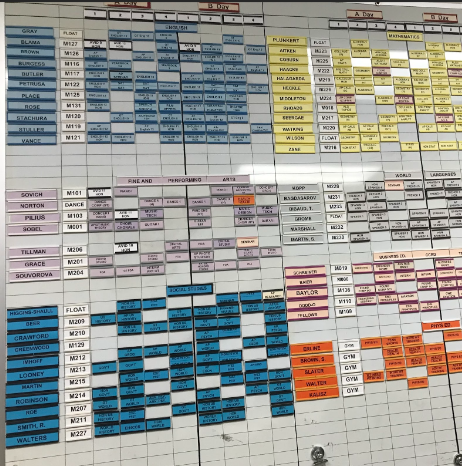Meditation practiced to decrease stress
June 9, 2016
Inhale, exhale—let your mind be free from fear and attachment. Inhale, exhale—observe each sensation of every breath. Inhale, exhale, and repeat—until your mind is in equilibrium.
Practicing guided breathing is a major component to meditation, and can be used to reduce stress and increase mental wellbeing.
Meditation is known to have originated in the Hindu traditions of ancient India, and spread to Taoist china and Buddhist India, and many students today continue using this practice as tool for relaxation and to unwind from the stress of school and personal anxieties.
According to The Buddhist Center, meditation is “a means of transforming the mind”. Its practices are “techniques that encourage and develop concentration, clarity, emotional positivity, and a calm seeing of the true nature of things.” Put simply, it helps you stay in the moment.
Meditation is not necessarily a religious practice and can be done by anyone, as it requires no spiritual entities—just your mind.
Alyssa Einhorn (’16) started first meditated during camp and tries to do it once a week. “There is no right or wrong way to meditate,” Alyssa Einhorn (’16) said.
A common way to meditate is sitting on the ground or a cushion in lotus position, which is a cross-legged sitting position in which the feet are placed on the opposing thighs.
“I like to be outside,” Einhorn said, “I sit up straight, close my eyes, and just breathe. I like to burn essential oils to help me get into a state of relation… and like to surround myself with my crystals that support positive energy.”
Using stones and crystals is a common practice during meditation, as they can be used as focal points to maintain concentration, or they can be placed on various parts of the body to balance the chakras.
“There are 7 major Chakra centers of the physical body, where vital energy flows and intersects,” according to Energymuse.com. Chakras are believed to draw the healing energy from the crystals into your body and then release it through your energy channels.
There are different crystals corresponding to each chakra, for example, rose quartz is said to provide balance to the 4th chakra, which is in the center of the chest. “My personal favorite is labradorite,” Einhorn said.
Einhorn began meditating during camp and usually meditates at least once a week. “Whenever I’m upset or stressed out, I find meditation very soothing. I use it as a tool to calm myself and create a better state of mind,” Einhorn said.
Lindsay Bull (’18) was inspired by her mom during elementary school to try meditation when her mom picked up kundalini yoga, which is “a more intricate form of meditation originating in India,” and “involves chants and songs that are relaxing and help calm people.”
Currently, Bull meditates by using mindful breathing. “The inhales are inspiring light and the exhales are dark smoke or stress,” Bull said.
“In middle school I went to a small Buddhist temple in Baltimore where I learned to meditate the way I do now,” Bull said. “I meditate almost every day before I go to bed and in school when I’m anxious about tests or AP English.”
This practice enables students to relieve stress in a simple and impactful way. “When you can clear your mind and calm down, you can think straight and prioritize your stresses. This allows you to start taking action in an effective calm way,” Bull said of its effects.
Adding practicing meditation to your daily routine, or making it something you try over the summer, may be beneficial when entering school again in August.







